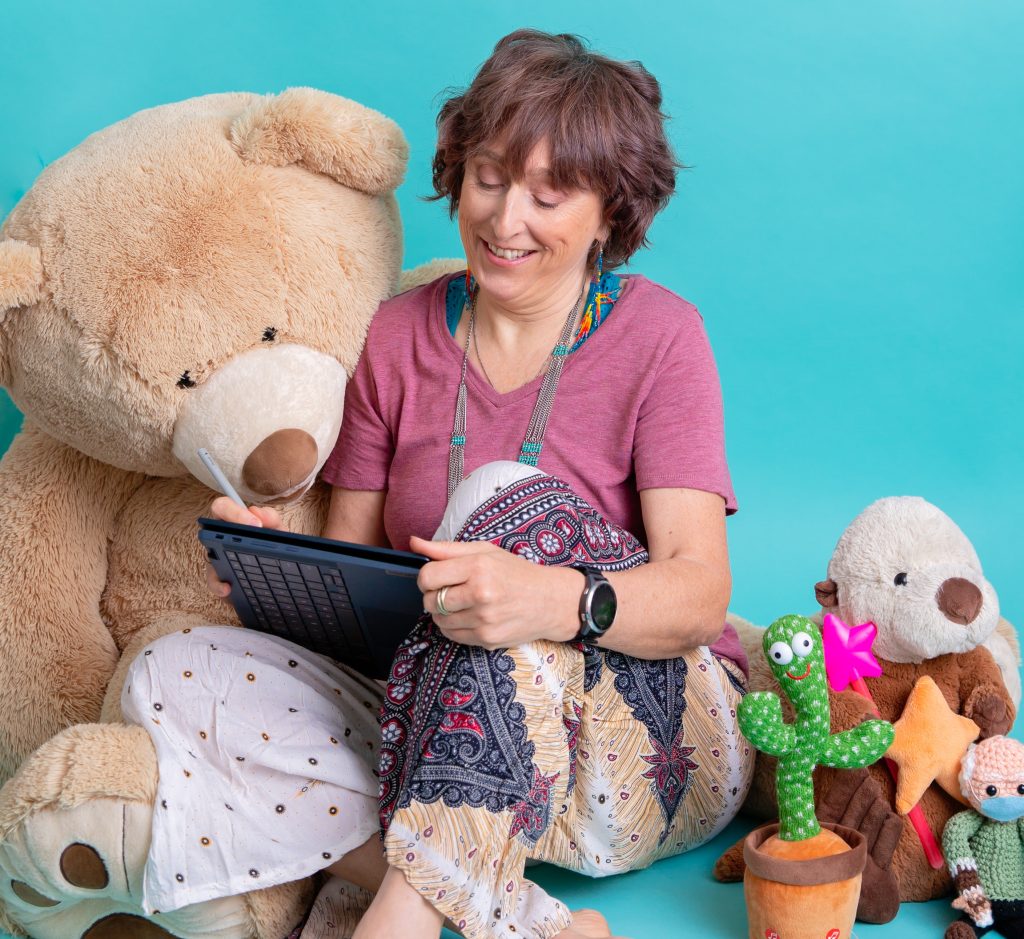Lots of children love animals and beg their parents for pets, promising to do all the necessary care, vowing that the parents will have no added responsibilities should they bring an animal into the family.
Adults who have prior knowledge of pet care and prior knowledge of children know that those promises fail on about the 3rd day of having the animal and that parents are then forced to either get ride of the animal after others in the family have fallen in love or take care of the pet themselves for the next 10 years until the child becomes responsible enough to engage in animal care. Thus, many savvy parents say, “No,” starting what may be a lengthy and bitter battle that wastes lots of good teaching opportunities.
The alternative I suggest is not to immediately say, “No,” but rather, to invoke the powerful principle of saying, “Yes, when…” which is the process of teaching children what they need to demonstrate in order to get the “Yes” answer. Some parents try to use this approach by telling their kids they can have a pet when they have enough money to feed it or when they keep their room clean, but they don’t go the step further and actually teach the child how to do those things. Thus, the child never learns. The second part of the process is to set up the circumstances by which the child could actually learn and demonstrate whatever is necessary.
Set up a laboratory in which they can learn the required behaviors. The following are some suggestions, but you can certainly make the tasks simpler or more complex, depending on how much of the pet care you’re actually willing to take on yourself. Tell the child it is a life and death matter that a dog gets daily food, water, and that disease-causing waste is removed in a timely manner and that you cannot risk the life of a real dog until the child proves himself able to perform such tasks. Have the child draw and name a dog. Have the child use his or her own money to buy a food dish, a water dish, and a small bag of food. If the child also wants to buy the animal a toy or two, great, just remember to tear them up in about a week. Task the child with putting out fresh food and fresh water every morning and every afternoon. Check the bowl every morning and every afternoon. Each time you find food and water in the bowls, empty them and compliment your child. If you find that the virtual dog has no food or water, inform the child that the dog has died and that they need to start over. Have the child draw a new picture and name another dog. Tell the child that soda cans are going to represent poop. Place soda cans in the yard several times a day and check every night that the child has cleaned up the pet area. If he has not, inform him that the dog has gotten sick and that if the poop is not cleaned by tomorrow, the animal will die and they’ll need to start over.
Let them know they need to carry out their virtual pet owner duties for 30 consecutive days before they will be able to get a pet. Any kid who successfully completes such a challenge is probably ready for a pet and the ones who aren’t willing to work that hard will stop asking. Either way, problem solved!




